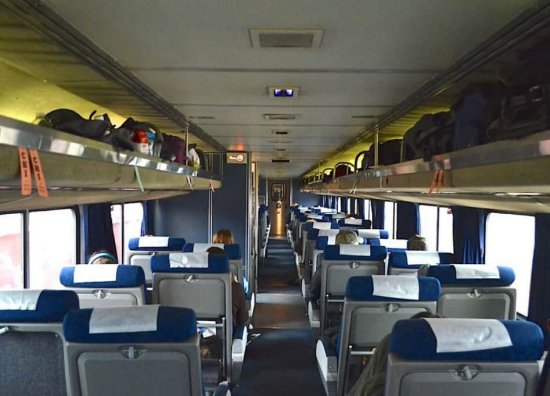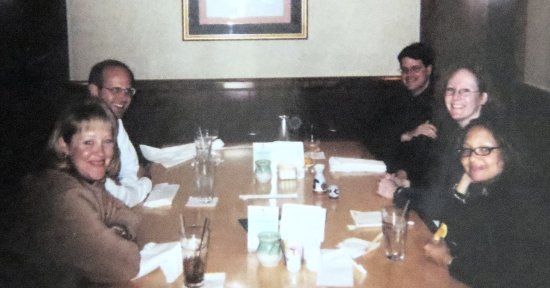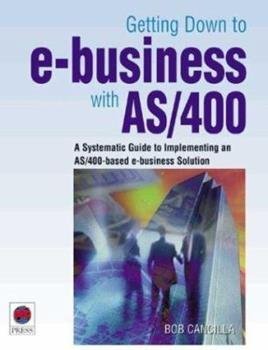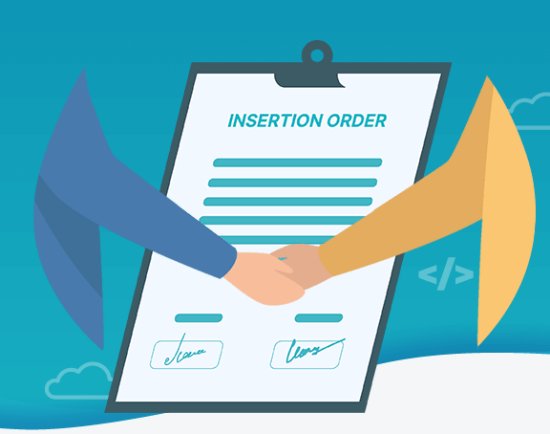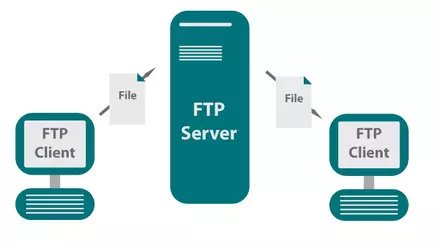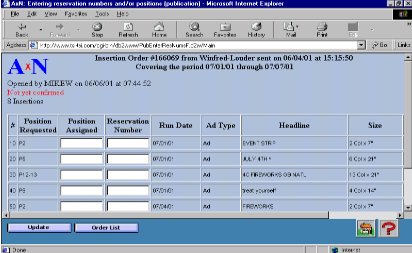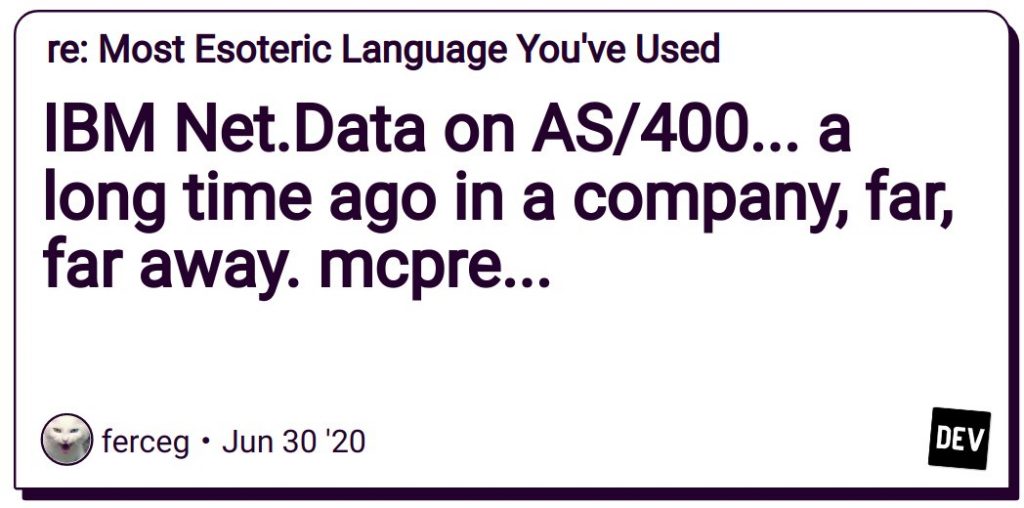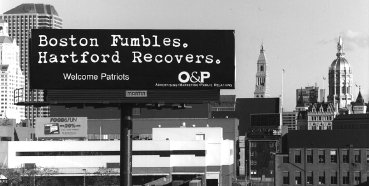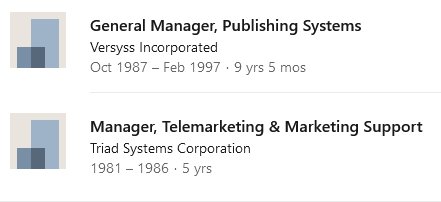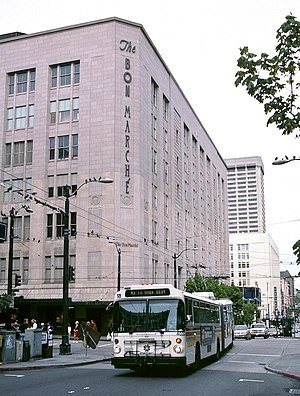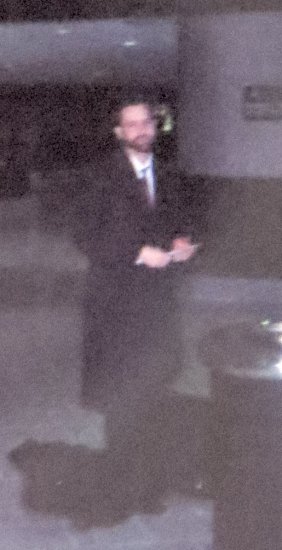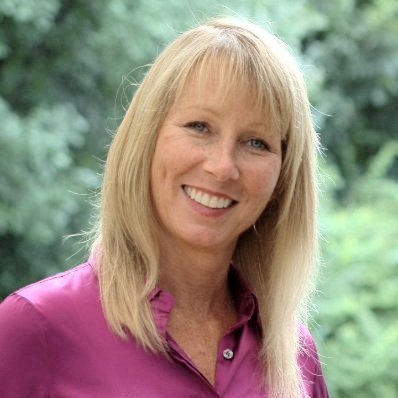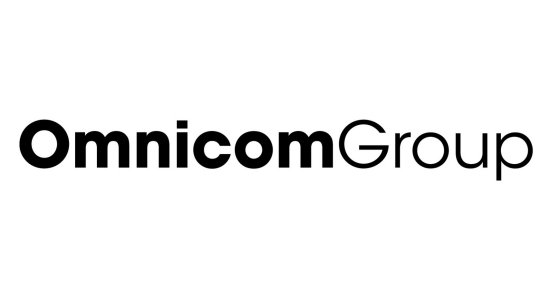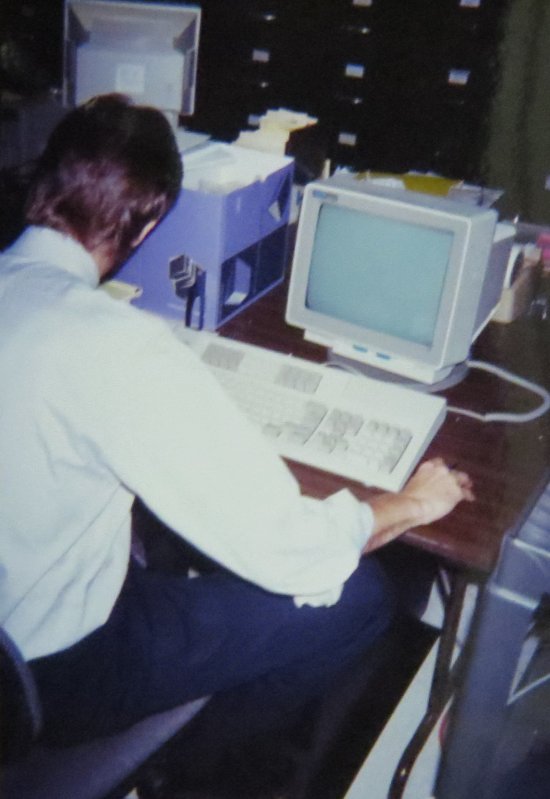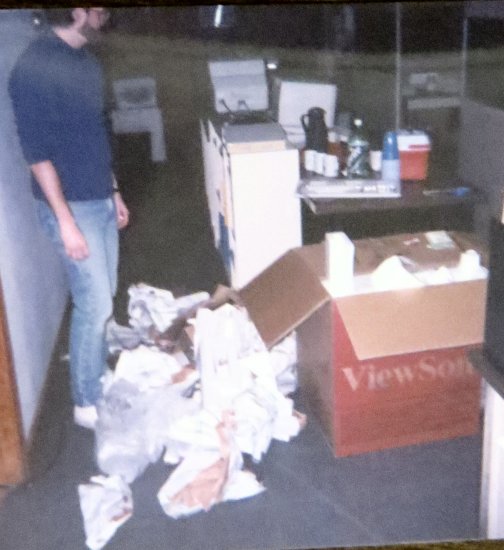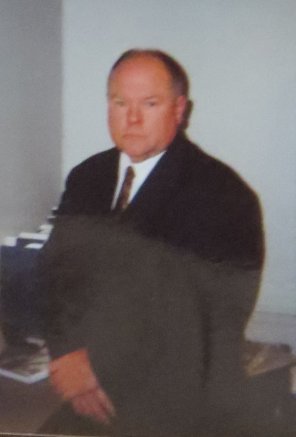Independent chain of department stores in Fresno CA. Continue reading
Doug Pease, TSI’s Marketing Director who was introduced here, took the phone call from someone in the IT department at Gottschalks (never an apostrophe) in 1994. Gottschalks was an independent chain of department stores based in Fresno, CA. I am not sure how the people in the IT department had heard about TSI. We had previously had only incidental contact with the Advertising Director there. Since they seemed like an ideal candidate for the AdDept system, I quickly agreed to talk with them in person.
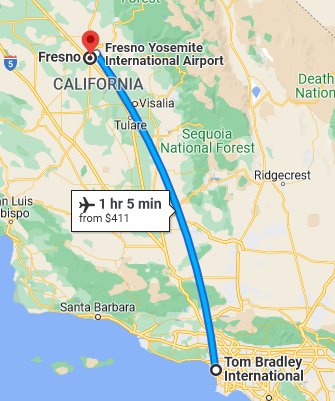
Doug and I flew out to Fresno on a Saturday to make a presentation and gather specs about their requirements. On Sunday we decided to drive up to Carmel by the Bay and then drive down Highway 1 along the coast. This was a very pleasant trip for me, but, as I described here, Doug enjoyed it a lot less than I did.
The presentation and demo in Fresno seemed to go well, but almost no one from advertising except Robert Guinn1, the manager of the Advertising Business Office, attended. At some point during that first visit Doug and I were also introduced to the president of Gottschalks. He made the startling claim that he would make sure that the other members of the Frederick Atkins2 group would also purchase AdDept3.
Shortly thereafter a contract was signed, and a small AS/400 was ordered.
In December of 1994 I flew back to Fresno and installed AdDept on an AS/400 that the company had purchased from IBM. The machine was kept in the data center. That room had tight security, and it was always very cold, at least from my perspective. Because it was December, I had my overcoat with me. The only place that I wore it was in the data center.
Gottschalks recommended that I stay at the DoubleTree hotel in downtown Fresno. It was right next to the casino4. The entire downtown area, aside from the casino, was pretty much dead by the mid-nineties. I did not like staying at that hotel. Fortunately, it was easy to persuade Gottschalks to let me stay somewhere on the north side of town that was both cheaper and closer to the company’s headquarters at 7 River Park Place East.
The primary purpose of the installation was not to improve or make more efficient Gottschalks’ advertising. Its main use was to keep better track of the money spent by the department. Here is what I wrote in 2000:
The liaison is now and always has been an accountant. The advertising department has shown very little interest in using the system. Their opinion is that the system was forced down their throats. This opinion is accurate. The accounting department and the IS department purchased the system in order to hold the advertising people’s feet to the fire.
On the other hand, there may be an opportunity here. Most of the people involved at the time of the installation have moved on. If contact is made with the new people, we may be able to sell them on efficiencies to be derived from using AdDept for scheduling.
Shortly after I wrote this evaluation Ernie Escobedo5, who succeeded Robert as TSI’s primary contact, arranged for an upgrade to the painfully slow AS/400 that they had been using. The new Model 170 was sitting next to the old one in the frigid data center when I arrived on August 19, 2000, to migrate the AdDept programs, the data, and everything else.
The fiasco: Writing about this episode is one of the most painful things in the entire 1948 Project. It was certainly the low point of my career as a cowboy coder.
The new system used RISC processors; the previous system used CISC. The compiled versions of the hundreds or maybe thousands of programs in the AdDept system needed to be converted. I had already done this a few times, including on a system used in TSI’s office. In fact, we used precisely the same model of AS/400 that Gottschalks had just purchased, and I was very familiar with the CISC model that they had been using. I knew that it would take most of the weekend to effect the changes, but I was quite confident of my ability to pull it off. I was so certain that I had scheduled time at Robinsons-May in North Hollywood for Tuesday and Wednesday. I planned to drive to Santa Clarita on Sunday evening and commute from the Hampton Inn there to Rob-May
The trip started very well. Here is what I wrote:
I managed to get upgraded to first class for both legs today. Nadine told me that when she called three weeks ago they told her that there were no first class seats available on the Cincinnati to LA leg. It was indeed full, but I got one of the seats.
In first class they give you a hot wet towel before dinner. I have never quite understood what this was for. I guess that maybe they are afraid that the common people might have touched something on their way through our section. We wouldn’t want their common germs to mix with ours. I had delicious food on both flights. The food in first class on Delta is really excellent.
A guy across the aisle from me who was at least my age had a short haircut which had been dyed blonde on top. The only thing I can think of to explain this is that he must be the manager of a supermarket who did it to identify with his employees.
Wow! We just passed over Albuquerque. I could easily pick out the base that I was stationed on, the airport, and the two golf courses I played. The last was easy. They were the only green spots to be seen. The southwest is really desolate.
The drive to Fresno wasn’t too bad. Well, the first 22 miles were horrible, but the last 200 were easy. The car has a CD player. I played the duet CD through twice. I changed cars at Avis. When I got to Fresno, I realized that I still had the key to my first car. Whoops.
I am pretty certain that I stayed at a Holiday Inn Express on that occasion. I must have arrived late. The only room that they had was handicapped-accessible. There was a tub, but no shower. I had to sit down and spray myself with one of those handheld devices that are so common in Europe.
Although it was August, and Fresno had a reputation for very hot summers, I brought a jacket because I knew that I would be cold in the data center. If I had not, I would have been even more miserable than I was. David Seeto, our technical contact in the IT department, was there during the following process:
The new system came with the operating system and licensed programs already loaded. We had to call IBM to find out what to do. Unfortunately Gottschalks’ software contract did not cover weekends. Nevertheless we finally got IBM to tell us how to remove the licensed programs. When we did so, we got a processor check on the new machine. We called IBM again. They told us first that we probably had a bad disk drive, but we should try to IPL from the tape again. We did. This time the system said that it could not find one of the disks, but it completed the task. A second IBMer told us how to reconfigure the disks to find the second disk drive. By now it was 4 PM.
A “processor check” is a fatal error. The system is not usable without extraordinary intervention.
I then began the process of bringing over the data (trivial but time-consuming) and programs (much more complicated). The most important programs were in the library named AdDept. I successfully brought that entire library over to the new system. Then I deleted all the objects in the AdDept library on the old system. I don’t know why I decided to do that. It was certainly unnecessary, but I could not see how it could cause a problem. That system with all of its contents was surely headed for the junk heap anyway.
The process of converting all of the programs was still running when I left on Saturday evening. I came in on Sunday morning and was delighted to discover that the conversion had completed without any problem. I then put the system through some simple tests to make sure that everything was OK. I soon discovered that, while some programs performed correctly, a few of the most important ones did not. The most commonly used program in the system, WRKADS (work with ads), produced erroneous results.
I tried recompiling the programs that were producing erroneous results. That did not help. This was intolerable. I had no choice. I had to make the CISC system usable again. Here is what I wrote to my partner, Denise Bessette (introduced here), about the process.
Well, I think that clearing that AdDept library was the stupidest thing that I have ever done. My recovery technique did not work. The 3/5 tape was missing everything changed from their previous install through that date. I had no way of knowing what the previous install date was. Therefore, I selected everything on the RISC box with a change date from 1/1 through 4/30. I think that this is a fairly good approximation since there was definitely an install here on 4/20. However, I did not discover this until 7 PM. I left Gottschalks at 11:15. The files were finished, but the compiles were still running. Could someone sign on tomorrow morning to test the WRKADS programs? Send me a message with the results.
I canceled my hotel reservation in Santa Clarita. I am staying at the Holiday Inn near Gottschalks. I plan to go into Gottschalks to make sure that things are running reasonably well.
Could you tell Mary Ng that I will try to be in early in the afternoon?
If I had to work with David Seeto every day I would have to take a header off of a bridge.
I only punched one wall today. The wall is fine, but one of my knuckles is very sore.
Gottschalks’ IT department placed a service call with IBM. A customer engineer appeared and ran diagnostics on the new hardware. He testified that it was all in order. As far as IBM was concerned, since the hardware was functioning correctly, the problem must lie in either its BASIC program product, for which IBM had withdrawn support, or our AdDept code. In either case it was not IBM’s problem. End of story. The fact that exactly the same model in Connecticut produced results that were different from those of the one in California did not affect the judgment of the IBM people in Fresno.
I tried to explain this to the people in the IT department at Gottschalks. I promised that I would continue working on the problem remotely. They were not a bit happy with a resolution that left them with an unusable computer that they had already paid for and a very slow one. However, they agreed to keep the new system on, as well as the communications setup that allowed people in TSI’s office to sign on to it. So, at least I would be able to gather data from afar.
I returned to New England with my tail between my legs. Two important clients were angry at me, and I could not blame either of them.
I had plenty to keep me busy for the next few months. At some point I flew to California to make up for the visit to Rob-May that I had canceled. A week or two later I flew to Bradenton, FL, to do a demo for Beall’s. After that trip I needed a few days to cobble together a detailed Design Document and a proposal.
During the periods in which I was at TSI’s office I devoted as much time as possible to trying to isolate the problem with Gottschalks’ new system and to find someone at IBM who would listen to my argument. I remember more about the former than the latter. I do, however, remember the moment when I asked an IBMer to look at an example that contained almost no programming code at all. While working in the BASIC interpreter at Gottschalks I displayed on the screen the erroneous result from a simple sum of two constants. I then performed the same task on TSI’s system and got the right answer.
The IBMer was forced to admit, “This must be a hardware problem.” A day or two later he got the customer engineer to return to Gottschalks and replace the “floating-point processor,” which I did not even know existed. Evidently it was used by BASIC and almost nothing else. I signed on and put the new system through its paces. Everything seemed to work perfectly. I called Gottschalks and scheduled another trip in November to effect the migration.
The flight out to California was not as pleasant as the one before the disastrous August trip. Upon arrival in Fresno I wrote back to Denise,”I was nearly overcome with sadness in the airport in Chicago. If this trip goes well, I will probably feel better. The last one made me rethink my whole approach to life.”
The November migration also occurred over a weekend. It went much more smoothly than the first one, but there were still quite a few hiccoughs.
I cleared out the TSIDATA library on the new machine. I then restored the data from the CISC box. It took six hours.
I keyed in all of the user profiles. I checked the system variables, the backup and cleanup schedules, and the automatic reply list entries. I set it up so that QSNADS was started with QBATCH. I keyed in all of the scheduled jobs. I scheduled jobs to stop and start fax support.
Todd Burke5 from IBM came in the afternoon. He had installed the operating system in August. However, he had failed to install the extended help, the previous compiler support, Advanced Function Printing (needed for faxing), and the Communications Utilities (needed for RJE6). He set up a console in the operator’s area so that it receives break messages from the QSYSOPR message queue.
DATEINFO7 was not in TSIDATA. I discovered this last time, but I forgot. I had to restore it from the old system.
I installed all changes from our system from 8/17 through 11/3. I didn’t leave on Sunday until 8 PM. I was the first to go. I was so tired that I missed my exit going back to the hotel.
I changed TOSHA_B’s user ID to TOSHA_A8 and STEPH_K’s to STEPH_M. If they are going to use ID’s like those, they should prevent the women from getting married.
Todd set up the faxing incorrectly. I don’t know what he did wrong, but the software support person had me delete everything he did and key it in again. She also had me fudge one of their files using DFU9!
When I left everything was working. David Seeto said that he felt as if a huge weight had been lifted from his back.
I’ve spent considerable time in the L.A. airport three times this year. No movie producer has yet to approach me with a multi-picture deal.
That was not the end of the story. I submitted two invoices to Ernie Escobedo for my time at Gottschalks in August and November. I did not ask for reimbursement for the dozens of hours that I had spent researching the problem and trying to get IBM to take a second look When TSI had not received payment more than a month later, I asked Ernie about them. He said that he was “not inclined to pay them.”
I wrote him a long letter in which I described the efforts that I had undertaken to get that defective new system to work. I also said that I understood why Gottschalks was still upset about the situation, but the villain in this case was IBM. The company had installed equipment that did not work and refused to recognize that fact just because the diagnostics that someone at IBM had designed did not allow the customer engineer to detect the problem. Ernie promptly approved the payment of both invoices.
AxN: In 2003 Bob Wroblewski and I made a trip to California to show TSI’s online insertion order system to Rob-May and Gottschalks. That trip and Bob’s involvement with the project has been described here.
The reception to the presentation seemed quite positive, bur Stephanie never agreed to try AxN. She stuck with faxing her orders until the end.
Life in Fresno: During most visits to Fresno I stayed at a Hampton Inn that was a short drive from Gottschalks’ headquarters. I always rented a car; public transportation was not a viable option in Fresno. I found no restaurant in which I felt comfortable dining alone. For most suppers I got takeout. There was no shortage of establishments that specialized in fast Mexican food.
My only recreation was running. I was able to map out a course through the suburban streets near the hotel. Traffic was a problem at only a few intersections.
The weather always seemed good. The most peculiar thing that I remember about Fresno was the tule fog. Occasionally a fog bank would abruptly drop the visibility to zero for a short period of time. This happened once while I was there. On Highway 41, the major north-south road in the San Joaquin Valley, it caused a collision that involved a large number of vehicles. The phenomenon has its own Wikipedia page.
Epilogue: In 2000 Gottschalks acquired the Lamonts department store chain. The acquisition gave Gottschalks a presence in the Pacific northwest and Alaska. In retrospect this must have been the impetus for the upgrade to the AS/400. However, the results did not meet expectations. In 2008 the company was delisted from the New York Stock Exchange. In the next year it declared Chapter 11 bankruptcy. By July of 2009 all the remaining stores had been closed.
1. Robert Guinn’s career after Gottschalks led him back to his alma mater, Fresno State, as is described on this webpage.
2. Frederick Atkins Inc. was a non-profit company that bought merchandise for the companies in the Frederick Atkins Group. In the late nineties quite a few independent chains of department stores still belonged to the group. A description of the concept is posted here. The company went out of business in 2015. At that point the number of independent department store chains could be counted on one hand.
3. As far as I remember, he persuaded no other company to buy the system. Of course, I did not expect him to. However, he did arrange for me to make a presentation to members of the group at a convention in Naples, FL. That adventure has been described here.
4. The Club One Casino, which was really just a card room, moved away from downtown during the pandemic.
5. I do not remember Todd Burke, but I found his LinkedIn page here. For some reason his list of experiences skips over his time in Fresno, as well as everything else in 1999 through 2018.
6. RJE is one of the hundreds of TLAs (three-letter abbreviations) employed by IBM in those days. It stands for Remote Job Entry. I don’t remember precisely how it worked.
7. I don’t remember what DATEINFO was used for or why it was not in TSIDATA, the library that contained all information that pertained to the client.
8. According to LinkedIn Tosha’s user ID would be TOSHA_G if she was still working at Gottschalks. For some reason I was not allowed to see her LinkedIn page, but I did find a reference to her here.
9. DFU was shorthand for Data File Utility. We never told any of our clients that it existed, and we never used it. It allowed the user to go in and change any field on any record of any data file. There was no audit trail whatever. This violates sacred principles of database design.

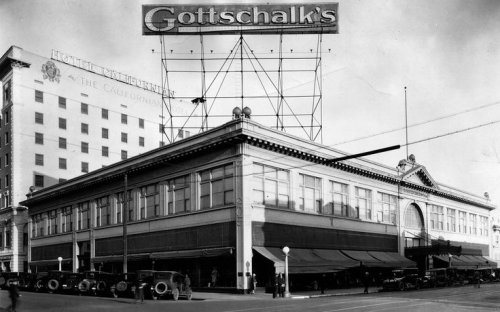
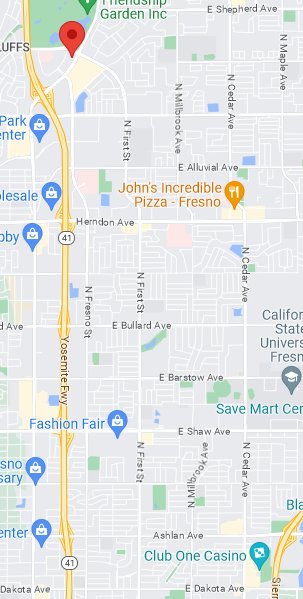
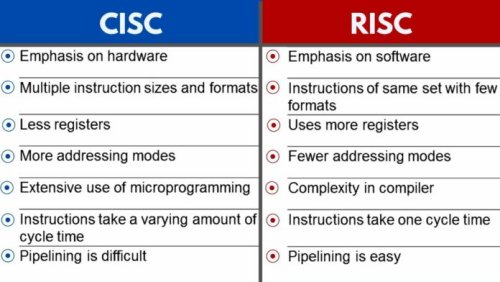
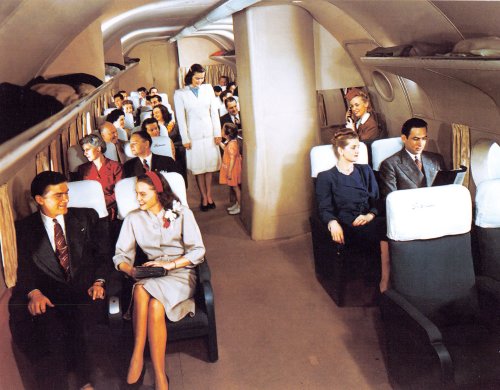
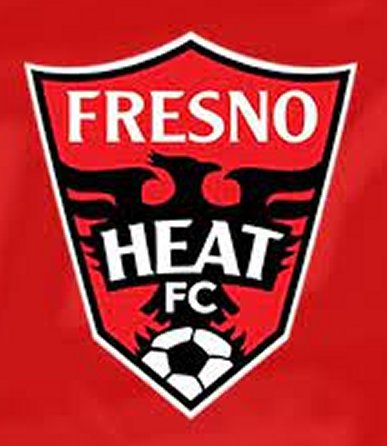

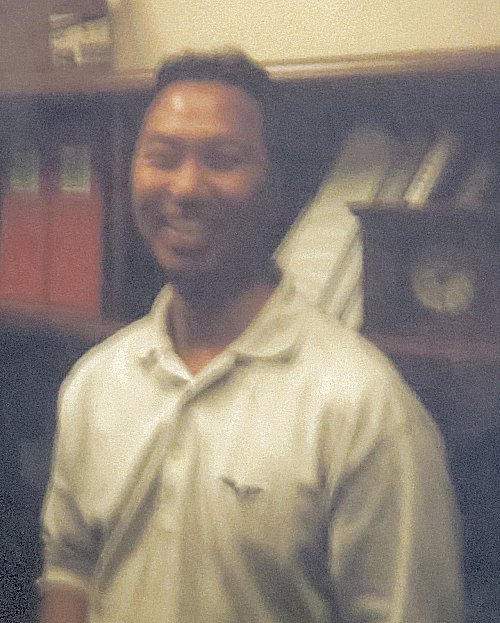



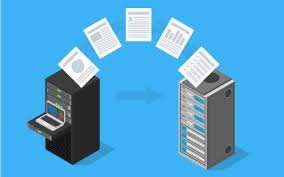

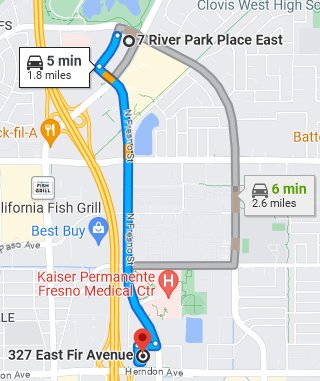
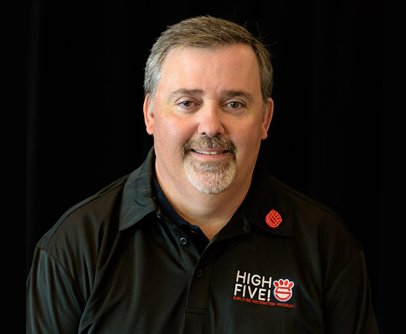
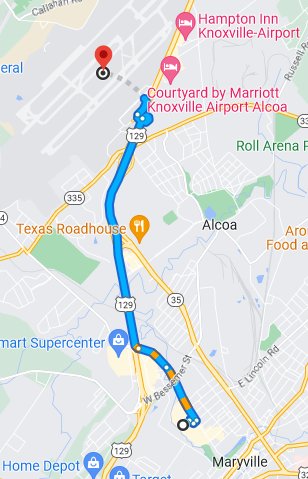
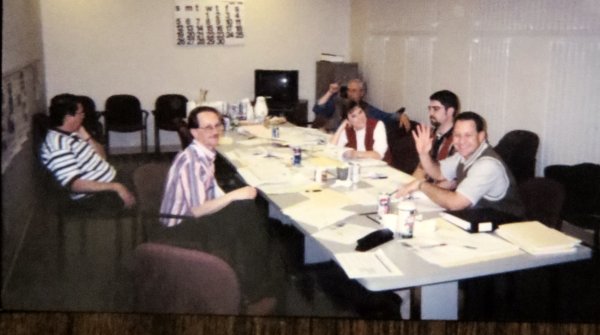
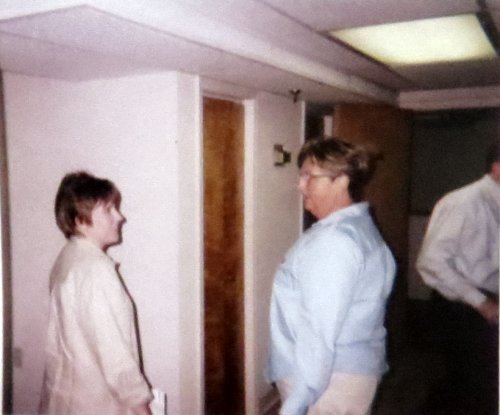
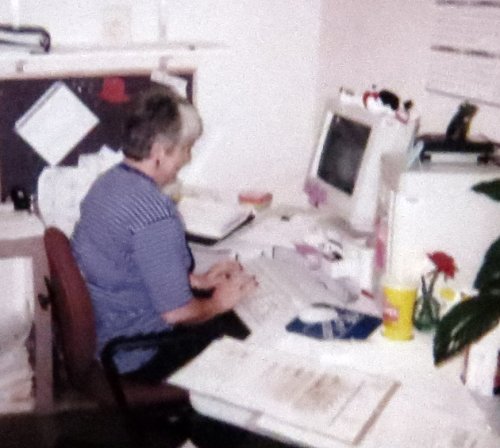
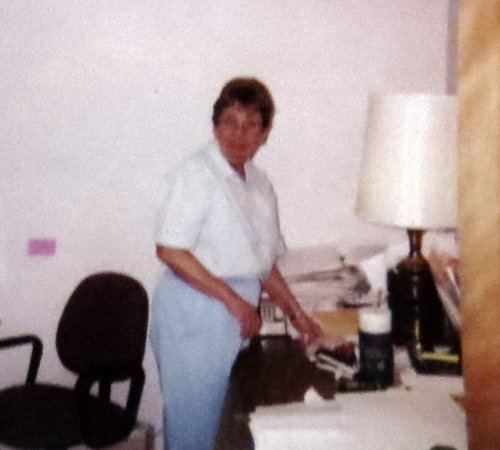
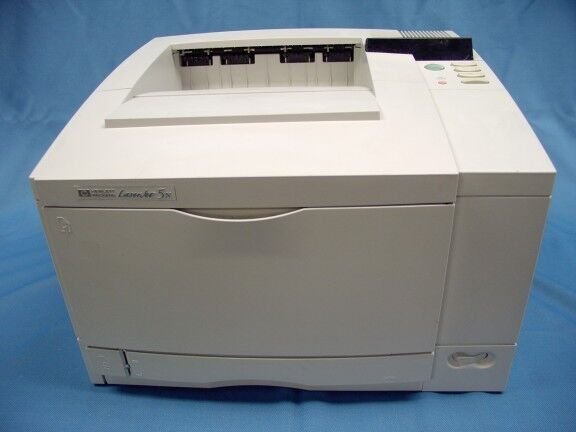
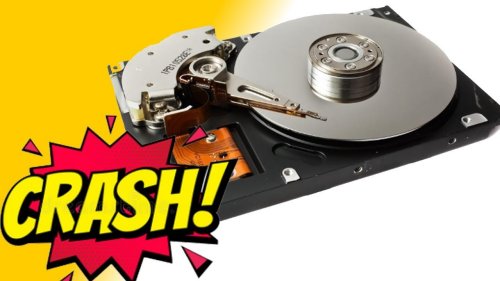
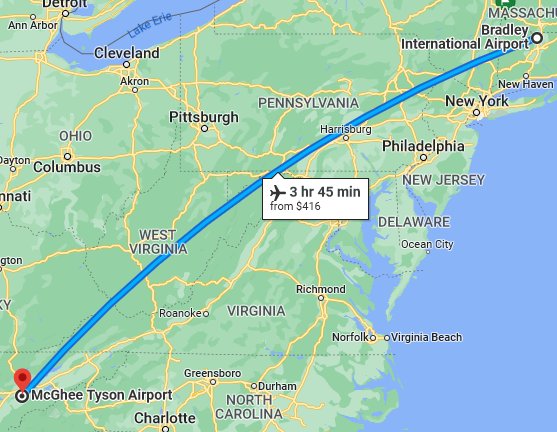
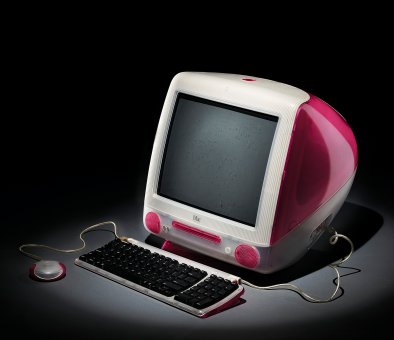
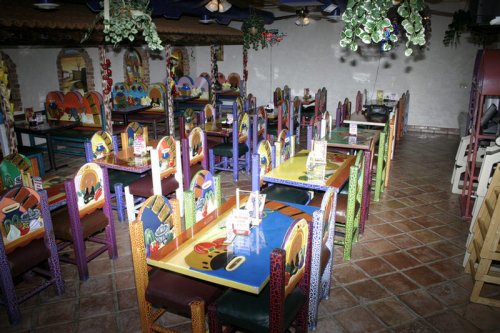


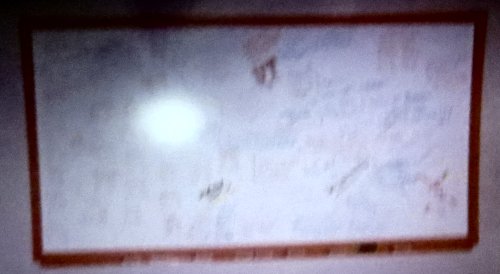
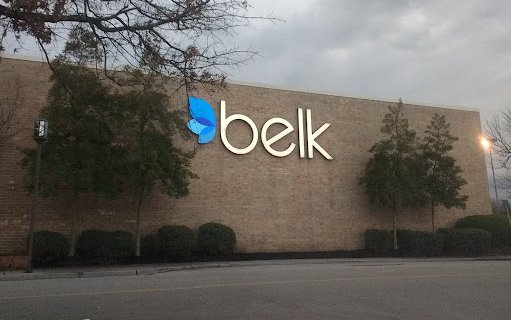

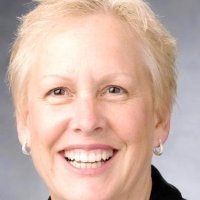
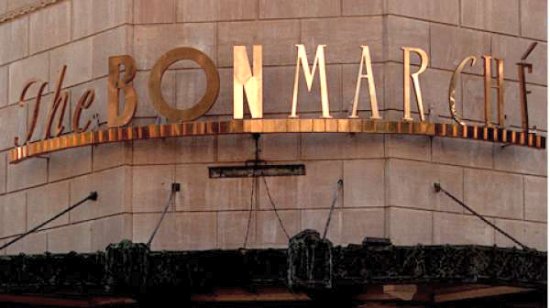
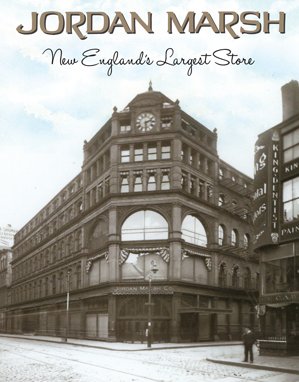
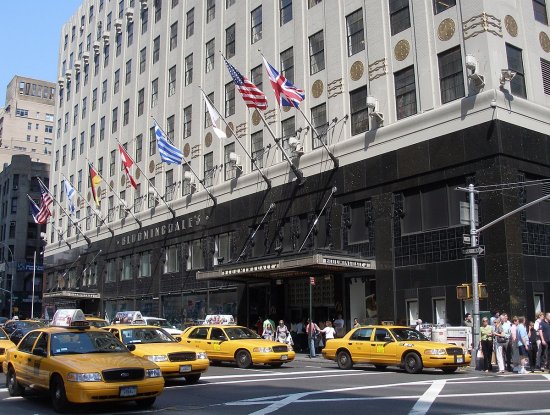
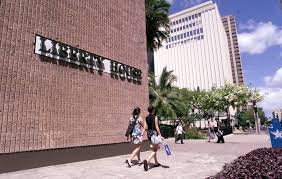

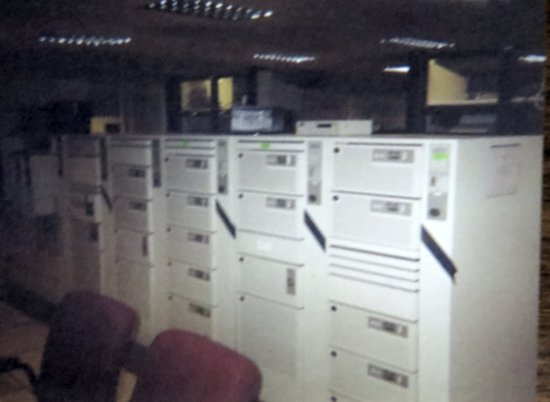
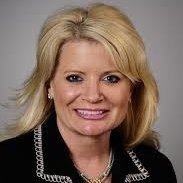
 Needless to say we are concerned about what effect the realignment will have on TSI. We have spent the last 17 years developing AdDept, the software product which has become the standard of the industry for administration of retail advertising departments. The May Company was our largest client.
Needless to say we are concerned about what effect the realignment will have on TSI. We have spent the last 17 years developing AdDept, the software product which has become the standard of the industry for administration of retail advertising departments. The May Company was our largest client. Since that time, as I wrote you earlier, most of the rest of the department stores in the country—as well as several other large retailers like Dick’s Sporting Goods—have successfully implemented AdDept in their sales promotion departments. They were able to get affordable systems tailored to their requirements. AdDept is not a sexy system, but it gets the job done.
Since that time, as I wrote you earlier, most of the rest of the department stores in the country—as well as several other large retailers like Dick’s Sporting Goods—have successfully implemented AdDept in their sales promotion departments. They were able to get affordable systems tailored to their requirements. AdDept is not a sexy system, but it gets the job done.
